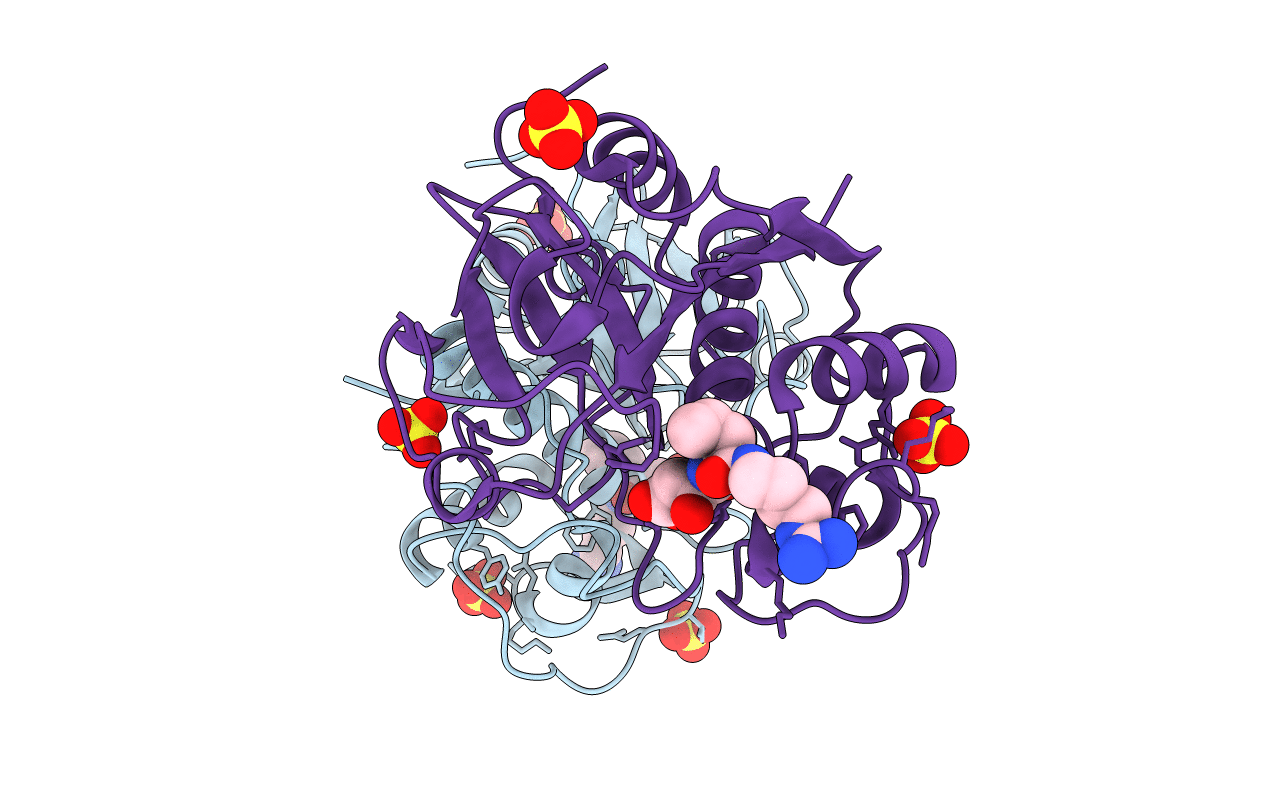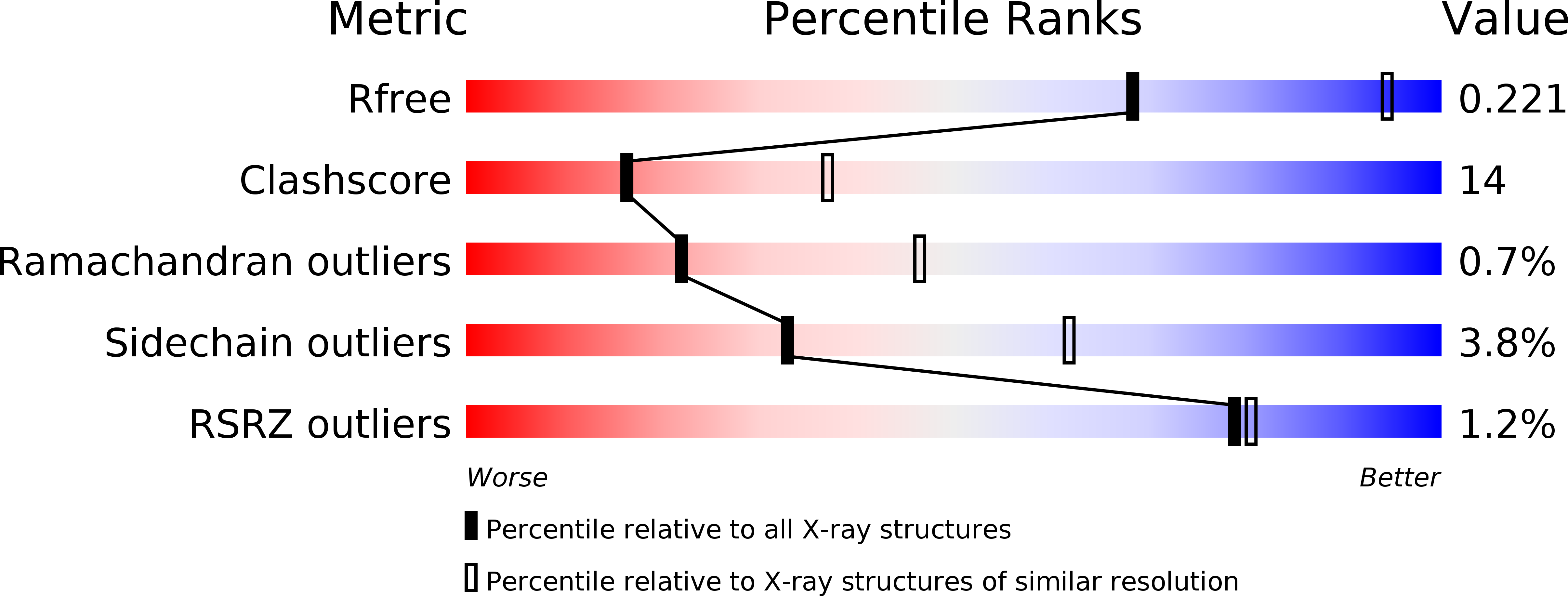
Deposition Date
2007-05-04
Release Date
2008-01-22
Last Version Date
2024-10-16
Entry Detail
PDB ID:
2PRE
Keywords:
Title:
Crystal structure of plant cysteine protease Ervatamin-C complexed with irreversible inhibitor E-64 at 2.7 A resolution
Biological Source:
Source Organism:
Tabernaemontana divaricata (Taxon ID: 52861)
Method Details:
Experimental Method:
Resolution:
2.70 Å
R-Value Free:
0.23
R-Value Work:
0.19
R-Value Observed:
0.19
Space Group:
P 21 21 21


